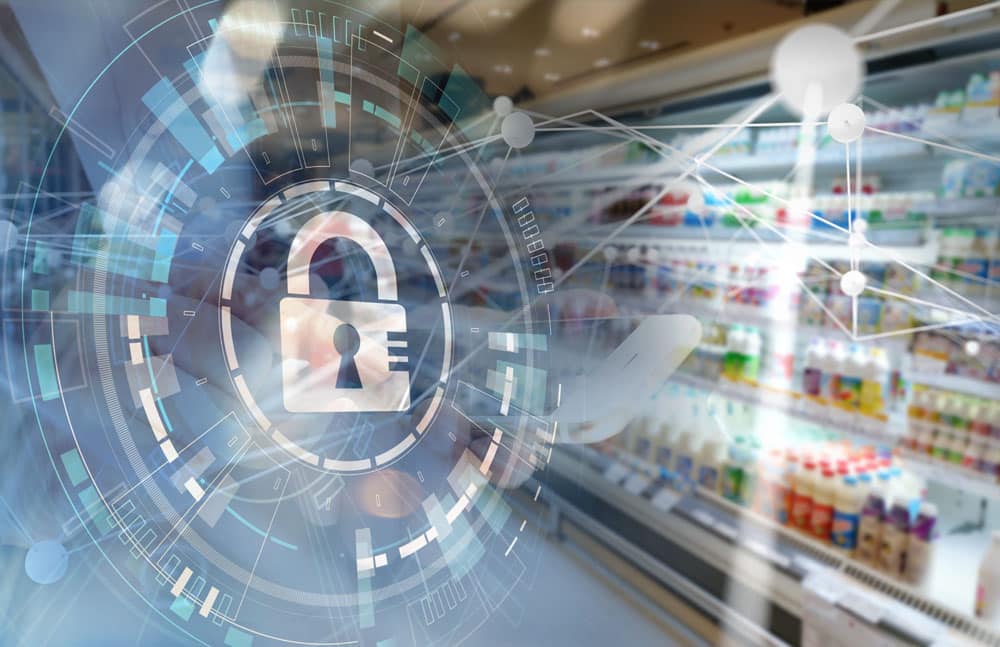Staying One Step Ahead: Proactive Cybersecurity for the Retail Sector
02 May
In the fast-paced world of retail, where digital transactions and data flow nonstop, cybersecurity can no longer be reactive. With customer trust, brand reputation, and financial integrity on the line, a proactive approach to cybersecurity is essential. Retailers need to do more than defend against known threats—they must anticipate and neutralize them before they strike.
Why Proactive Cybersecurity Matters in Retail
The retail sector is an attractive target for cybercriminals. Vast stores of customer data, point-of-sale (POS) systems, online storefronts, and third-party vendors create a complex threat landscape. According to multiple industry reports, the retail industry ranks among the top sectors impacted by ransomware, phishing, and credential theft.
Proactive cybersecurity goes beyond setting up firewalls and antivirus software. It’s about creating a security-first culture, constantly monitoring for anomalies, and preparing for threats before they materialize.
Key Components of a Proactive Cybersecurity Strategy
1. Continuous Monitoring and Threat Intelligence
Retailers must invest in 24/7 network monitoring tools that use AI and machine learning to detect abnormal behavior and flag suspicious activity in real time. Integrating threat intelligence feeds can help anticipate attack patterns based on global trends.
2. Regular Vulnerability Assessments and Penetration Testing
Routine vulnerability scans and simulated attacks (pen tests) help identify weak points in systems—before attackers do. This ensures that patches are applied quickly and misconfigurations are addressed.
3. Zero Trust Architecture
Adopting a Zero Trust model means verifying every device, user, and application—even those inside the network perimeter. For retailers with remote teams, distributed stores, and cloud-based systems, this approach limits lateral movement within the network.
4. Employee Training and Awareness
Human error is one of the most exploited vulnerabilities. Ongoing training helps employees spot phishing emails, use strong passwords, and understand their role in protecting company and customer data.
5. Supply Chain Risk Management
Retailers rely on a web of suppliers and partners. Conducting cybersecurity assessments of third-party vendors and ensuring contractual security requirements are in place can minimize external risk.
6. Incident Response Planning
Even with the best defenses, breaches can happen. A detailed, well-practiced incident response plan ensures quick containment and minimal damage. This includes clear roles, communication strategies, and post-incident review processes.
The Role of Emerging Technologies
New technologies such as behavioral analytics, threat hunting tools, and automated security orchestration can significantly boost proactive capabilities. Retailers using AI-driven fraud detection and real-time anomaly detection are staying ahead of attackers who rely on predictable vulnerabilities.
Final Thoughts
Proactive cybersecurity isn’t just an IT issue—it’s a business imperative. Retailers that lead in this space understand that safeguarding digital assets means safeguarding customer trust and loyalty. As threats evolve, so must defenses. Being proactive doesn’t just mitigate risk—it gives retailers a competitive edge in a digital-first economy.
